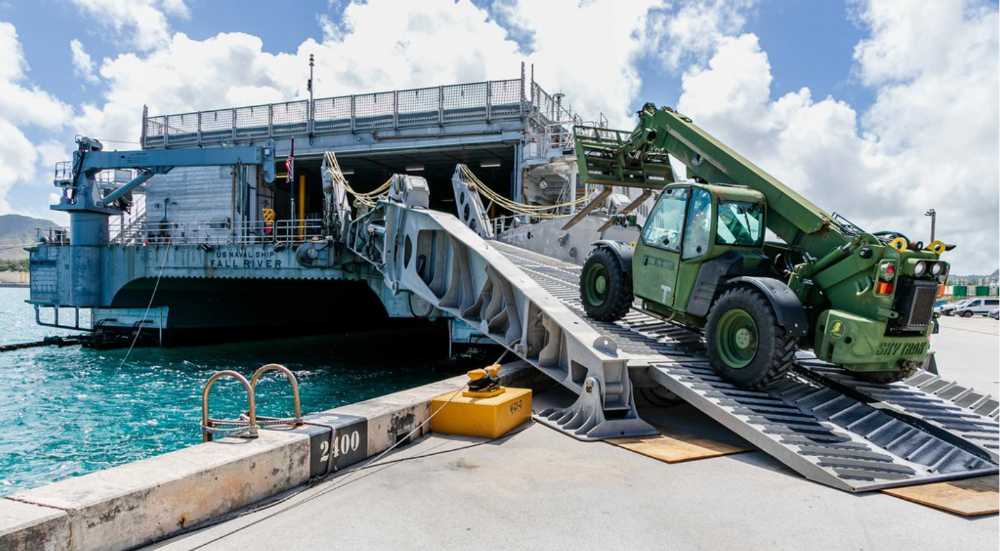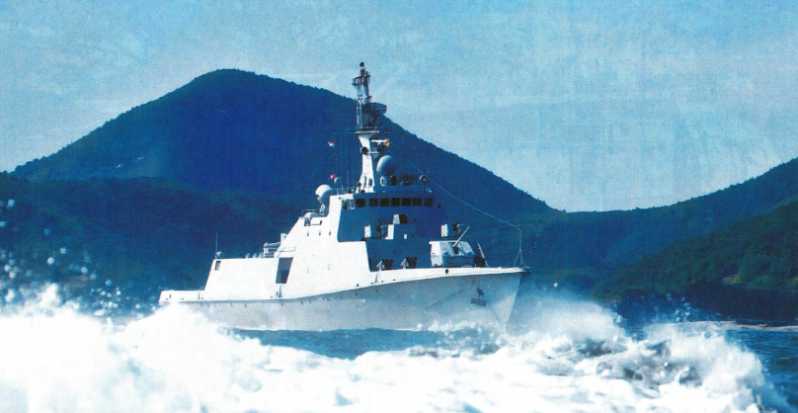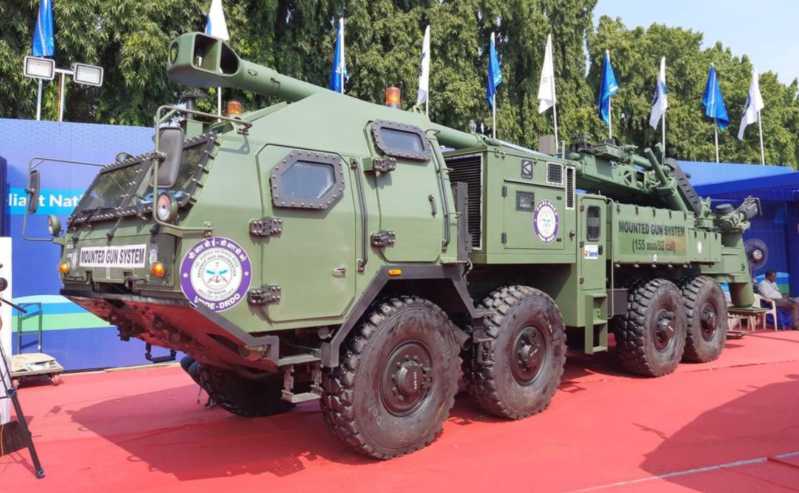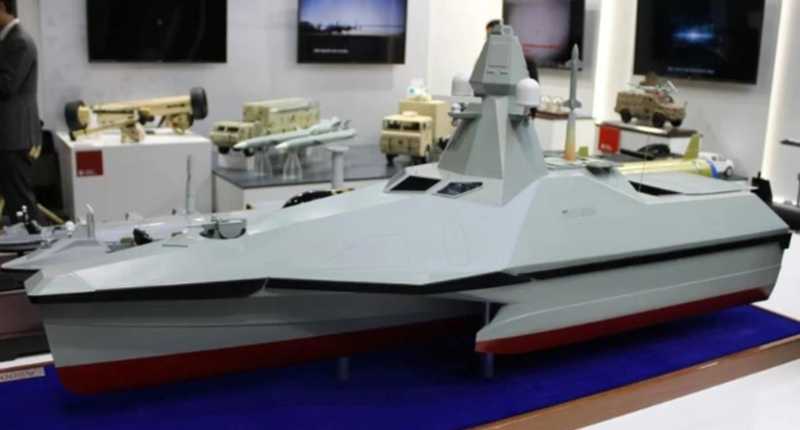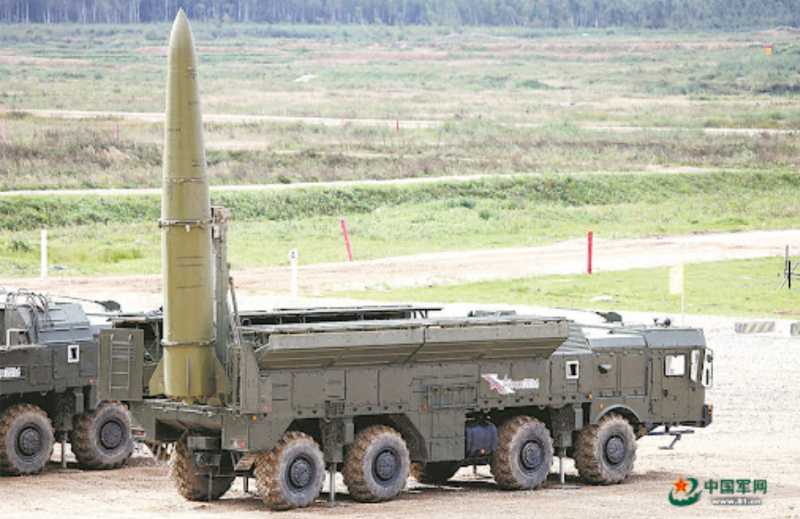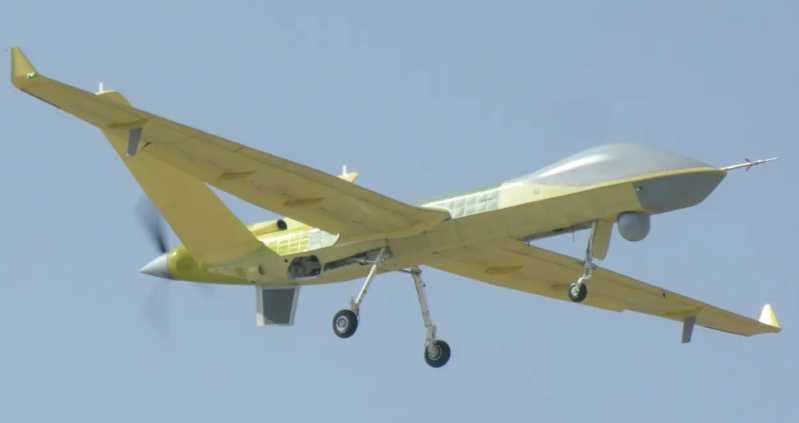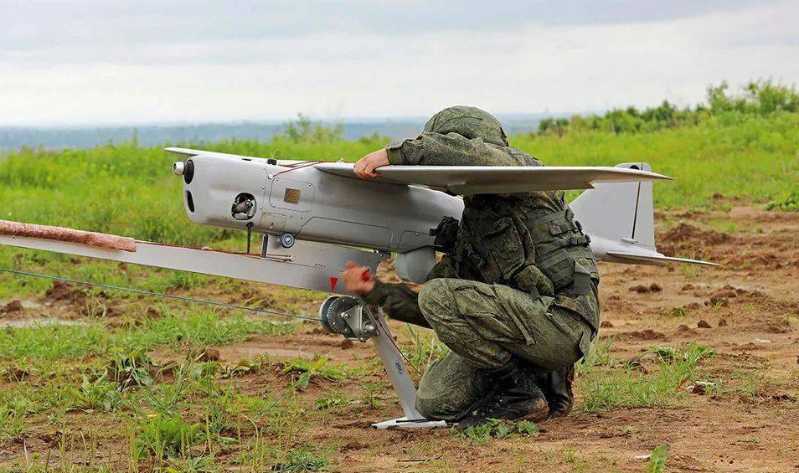As early as the early 1940s, the "Seabee" force came into being to ensure the urgent construction needs of the US Navy’s military facilities on various islands and reefs in the Pacific. Since its establishment 80 years ago, the "Seabee" force has always adhered to the spirit of "we build and we fight", and has participated in a series of combat operations such as World War II, the Korean War, the Vietnam War, the Gulf War, the Iraq War, and the Afghanistan War. It has also participated in a large number of non-war military operations such as the Antarctic "Deep Freeze" operation, emergency rescue and disaster relief, and naval diplomatic military assistance. After the baptism of war, the combat concept, mission, force scale and support capabilities of the "Seabee" force have been continuously developed and improved, and are also constantly adjusted and changed. At present, the "Seabee" is actively focusing on the future combat plans of the US military such as "distributed maritime operations" and "expeditionary forward base operations", and is striving to transform into a digital expeditionary engineering force that is "fast, mobile, flexible and efficient, integrated with combat and protection, one specialty and multiple capabilities, and full-frequency support." The 2017 U.S. Navy Planning Guide clearly points out the value of the Seabee: "The Seabee forces deployed on the front line can ensure the presence of a large number of engineering forces and equipment in various specific tasks, thereby strengthening the strength of the Marine Corps Air-Ground Task Force and the Navy and other joint forces... In non-war operations, the Navy’s mobile construction battalions deployed on the front line have honed their construction skills by participating in humanitarian assistance, disaster recovery operations, joint exercises with foreign troops, and undertaking the maintenance, repair and new project construction of forward base facilities for the Navy and Marine Corps.
In recent years, although the U.S. Navy has reduced the overall staffing of the Seabee, it has not The funding for it is constantly increasing. In 2021, more than 10,000 "Seabee" troops assisted in the construction of combat infrastructure and expeditionary combat engineering support in accordance with the requirements of the U.S. Navy Expeditionary Combat Command, and cooperated with allies and friendly countries to improve their infrastructure and provide humanitarian assistance.
The organization system of "Seabees"
The structure of the U.S. Navy is more complex than that of other services. There are mainly two chains of command: one is the combat command chain (responsible for combat operations, military exercises, etc.); the other is the administrative management chain (personnel management, education and training, equipment maintenance, logistics support, etc.), the above two The two chains of command sometimes overlap, and depending on the mission, naval personnel can switch between the two at any time.
As a type of command in the Navy’s administrative management chain, the Expeditionary Combat Command is mainly responsible for the administrative management, daily training, inspection and evaluation of the "Seabee" force; when participating in combat operations and military exercises, the "Seabee" force is assigned to the Fleet Command/Pacific Fleet in the combat command chain and performs tasks in the form of task forces, task groups, task units or mission elements.
As a system command in the Navy’s administrative management chain, the main responsibilities of the Facilities Engineering Command overlap with the existing "Seabee" , there are also obvious differences. The "Seabees" are mainly responsible for expeditionary combat engineering support, while the Facilities Engineering Command is mainly responsible for a large amount of daily naval engineering facility capital construction, engineering construction environmental impact assessment, expeditionary engineering construction, public engineering construction and real estate asset management. In November 2020, the Facilities Engineering Command was officially renamed the Facilities Engineering Systems Command. The then Commander of the Facilities Engineering Command, Rear Admiral John Korka, said: "This change better reflects the full range of critical work done by the Facilities Engineering Command to increase the lethality of combatants, and it places greater emphasis on the current and future important responsibilities in engineering technical services and engineering procurement. ”
In addition, the active officers of the US Navy are either front-line combat officers or staff officers. The staff officers are technical experts in various professional fields. As a coastal command in the Navy’s administrative management chain, the Personnel Command is responsible for managing all staff corps. The Navy Civil Engineer Corps, like the Lawyers Corps, the Dentists Corps, and the Chaplains Corps, is one of the US Navy’s staff corps. The commanders of the Facilities Engineering Command have served as chief engineers of the Civil Engineer Corps. Officers of the Civil Engineer Corps can work in the Facilities Engineering Command in contract management, public works/facilities management, etc., or they can serve as grassroots officers in units such as the "Seabee" mobile construction battalion, and can regularly communicate and improve between the Facilities Engineering Command and the "Seabee" troops according to work needs and job adjustments.
From August 9, 2002 to May 31, 2013, the former 1st Naval Construction Division (located at Joint Expeditionary Base Norfolk, Virginia) as the headquarters of the Seabees was responsible for commanding various Seabee action groups, active construction regiments, reserve construction regiments, mobile construction battalions and underwater construction teams. During its 11 years of operation, it completed a total of 180 deployments, of which 110 were combat deployments.
In March 2013, the Seabees began a new round of organizational adjustments to further improve support efficiency and reduce command levels. This adjustment further consolidated a more direct and formal relationship between the Navy Expeditionary Combat Force and Fleet Command/Pacific Fleet. After the adjustment, the "Seabee" force established two brigade-level naval construction groups. Among them, the 1st Construction Group was formed mainly with the 31st "Seabee" Action Group located in Port Hueneme, California; the 2nd Construction Group was formed mainly with the 20th "Seabee" Action Group located in Bayport, New York. The various reserve regiments, reserve battalions, mobile construction battalions, underwater construction teams and construction battalion maintenance teams of the original Navy’s 1st Construction Division were adjusted to the two construction groups at the same time.
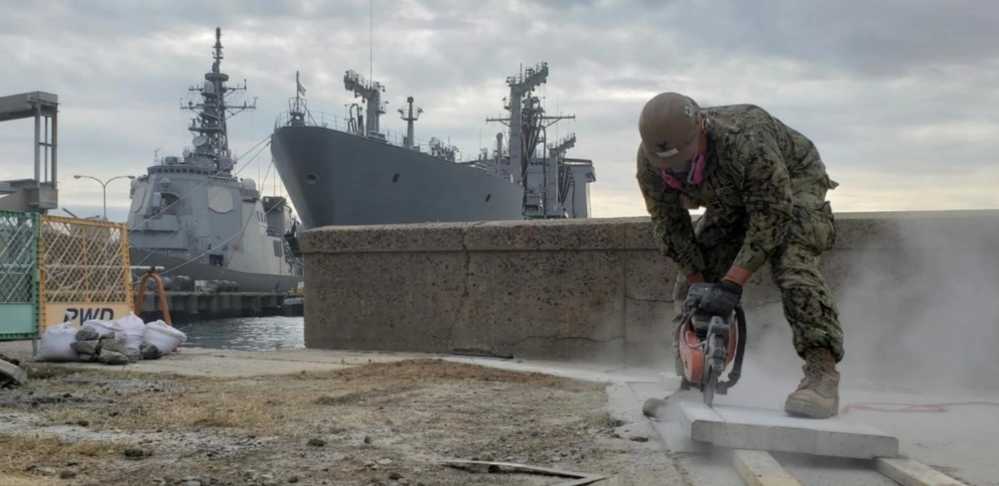
1st Construction Group
1st Construction Group was established on March 11, 2013, and is located in Port Hueneme, California, on the Gulf of Mexico. It currently has more than 4,700 personnel, including the 1st Engineering Construction Regiment (Reserve), the 18th Mobile Construction Battalion (Reserve), the 22nd Mobile Construction Battalion (Reserve), the 25th Mobile Construction Battalion (Reserve), the 30th Engineering Construction Regiment, the 303rd Construction Battalion Maintenance Team, the 2nd Underwater Construction Team, and the 3rd Mobile Construction Battalion, the 4th Mobile Construction Battalion, and the 5th Mobile Construction Battalion. It is responsible for providing daily technical, military, disaster preparedness, boarding and special team training for its subordinate units, and organizing various exercises and drills covering all units. In addition, the 1st Construction Group is also responsible for providing management assistance to the various mobile construction battalions returning to their home ports, conducting assessments of personnel and material readiness, and ensuring that they are ready for the next deployment at any time. The superior unit of the 1st Construction Group is the Expeditionary Operations Pacific Command, so it is also called the "Pacific Seabee"
2nd Construction Group
The 2nd Construction Group was established on February 26, 2013 and is located in Gulfport, Mississippi. It currently has more than 4,500 personnel and is under the jurisdiction of the 7th Engineering Construction Regiment (Reserve), the 14th Mobile Construction Battalion (Reserve), the 27th Mobile Construction Battalion (Reserve), the 22nd Engineering Construction Regiment, the 202nd Construction Battalion Maintenance Team and the 1st Underwater Construction Team. It is responsible for providing technical, military, disaster preparedness, boarding and special team training for its subordinate units, organizing various exercises covering all units, and providing management assistance, home port training and personnel and material preparation assessments to the active and reserve "Seabee" battalions returning to their home ports to ensure that the troops are in a good state of combat readiness.
Main responsibilities and duties
Engineering Construction Regiment
The Engineering Construction Regiment is mainly responsible for the administrative management and command and control of two or more mobile construction battalions, other naval construction units in a specific geographical area, and other forces performing specific military operations. Each engineering construction regiment is usually composed of an operational commander, staff, and an assigned mobile construction battalion.
For example, in April 2020, the U.S. Navy’s Seventh Fleet Operations Area established the 75.5 Task Group: The task group is composed of the 30th Engineering Construction Regiment, the 1st Mobile Construction Battalion, the 5th Mobile Construction Battalion, the 303rd Construction Battalion Maintenance Team, and personnel from the Naval Expeditionary Medical Training School and the Naval Expeditionary Medical Support Command. As the command organization of the task force, the 30th Engineering Construction Regiment can command and control all naval engineering construction forces in the Seventh Fleet’s combat zone, enabling engineering forces and other assigned forces to maneuver in real time, and provide various combat engineering guarantees for major combat operations and emergencies in the Indo-Pacific region, theater security cooperation program operations, humanitarian assistance, and disaster relief operations. The first task of this task force after its establishment was to build an expeditionary medical facility with 150 beds in Guam.

Mobile Construction Battalion
The Mobile Construction Battalion is the main body of the "Seabee" force. Each battalion has about 600 people. It is mainly responsible for the construction and engineering support operations of expeditionary military engineering facilities, including: forward base/camp construction; fortification construction; main supply road construction/repair; bridge construction; expeditionary airport port construction, ammunition supply point construction; prisoner of war camp construction; public facilities (electricity, pipelines, heating, air conditioning, etc.) construction/maintenance; well drilling; airport runway/port terminal damage repair; post-disaster recovery operations, etc. When fully equipped, each mobile construction battalion can be self-sufficient within 90 days, realize self-defense within a limited time, provide catering and accommodation facilities for internal communication, and perform necessary administrative management, personnel, medical and pastoral functions. The command channels for various tasks of the mobile construction battalion are the same, and it can quickly transition from one task to another.
Each mobile construction battalion has 4 construction companies and 1 headquarters company. Each construction company has a weapons platoon equipped with M60 machine guns and light anti-tank weapons, and the headquarters company has a weapons platoon equipped with 60mm mortars. The company and platoon have multiple work squads or teams. The mobile construction battalion can organize each company, platoon, squad or team to undertake special tasks, and the company-level unit can complete the deployment within 48 hours.
For example, from December 2020 to July 2021, the 4th Mobile Construction Battalion was deployed at the US Army’s "Shield" Camp in Okinawa, Japan. During the 8-month deployment period, it participated in a series of annual military exercises, including the construction and maintenance tasks of more than 10 expeditionary engineering projects in the Indo-Pacific region. On July 25, 2021, the 5th Mobile Construction Battalion replaced the 4th Battalion and has currently carried out engineering construction of 13 projects, including the expeditionary mobile fleet hospital, the air station landfill, and the port power lighting and communication facilities.
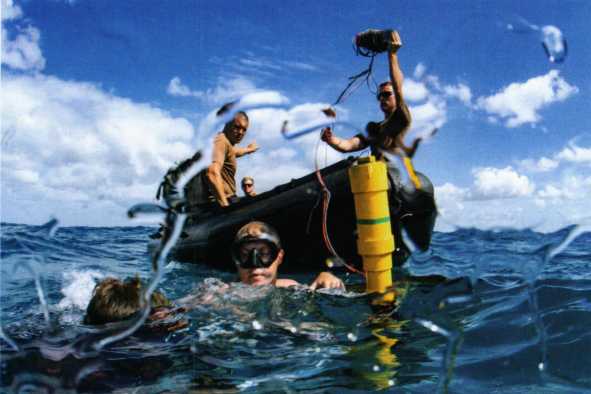
Construction Battalion Maintenance Team
The main task of the Construction Battalion Maintenance Team is to carry out the operation, maintenance and repair of public works and public facilities in the built forward bases. These works will be carried out successively after the construction of the mobile construction battalion is completed. At the same time, the Construction Battalion Maintenance Team is also capable of carrying out its own security defense.
The Construction Battalion Maintenance Team can also undertake the construction, maintenance and repair of small-scale buildings and roads in existing base camps, seashores, and airports; the transportation of construction materials and goods; the maintenance of vehicles and some equipment and equipment, and participate in the opening, operation and maintenance of fleet hospitals, as well as the operation, maintenance and limited construction of expeditionary forward bases and camps.
In addition, the maintenance team of the construction battalion is also equipped with individual protective equipment and chemical contamination and nuclear radiation detection equipment. It has the ability to perform support tasks in a certain nuclear, biological and chemical environment and can eliminate the threats posed by nuclear, biological and chemical contamination to personnel, facilities and equipment.
Underwater Construction Team
As the underwater engineering construction unit of the "Seabee" force, the underwater construction team is mainly composed of divers who are good at underwater construction and underwater demolition. The main tasks include: installation and inspection of ship mooring equipment, inspection and evaluation of underwater infrastructure, maintenance and emergency repair of underwater infrastructure, underwater blasting and obstacle removal, dock damage assessment and repair, underwater pipeline inspection and maintenance, underwater cable laying, hydrology and depth measurement, expedition salvage, bridge inspection and maintenance, construction and operation of expedition base facilities, etc. As needed, the underwater construction team can also participate in the testing and evaluation of new and existing hydroacoustic systems and equipment.
The underwater construction team is equipped with underwater electric construction (electric drill, grinder, electric saw, jack hammer), underwater cutting and welding, precision demolition, ultrasonic thickness testing, corrosion measurement, rapid penetration test, component scanning, diving computer, underwater camera, remote control single beam platform and other construction machinery and tools. The mission assigned to the underwater construction team by the "Seabee" force is to extend engineering construction projects from the coast to the deep sea and ocean, to be able to carry out expeditionary underwater construction tasks around the world, and to quickly complete professional underwater operations in any environment, time and conditions.


